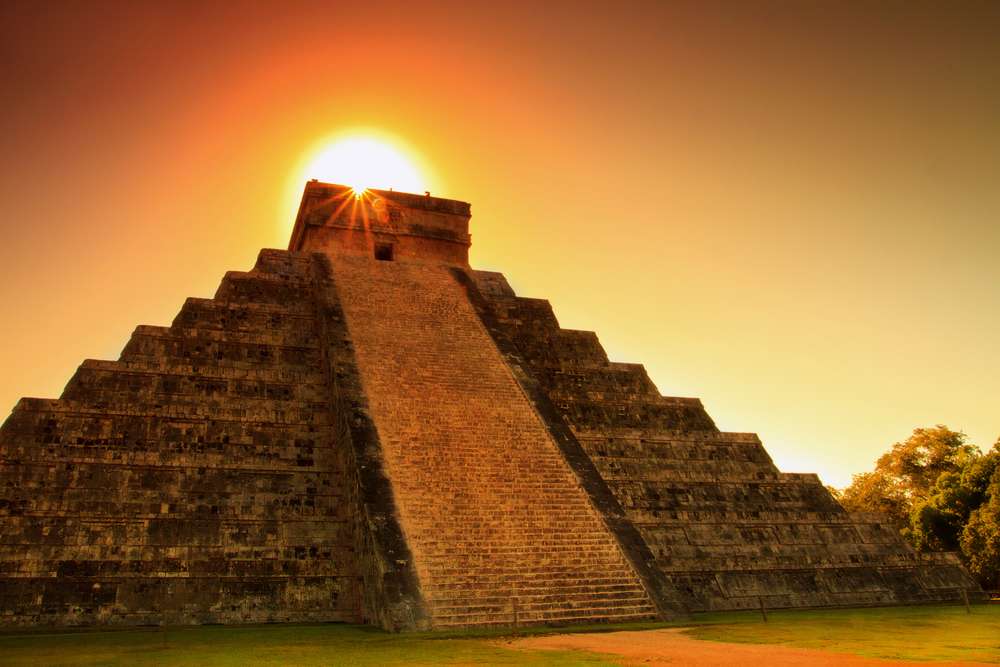The night of December 21, 2022, will be the longest night of the year as a result of the winter solstice. Winter Solstice is right around the corner, and we tell you everything you need to know about it.
In the northern hemisphere of the planet, the December solstice marks the beginning of winter.
The day of the Winter Solstice is the day with the shortest duration of sunlight and consequently, the most extended duration of darkness, commonly known as the shortest day.

It should be noted that on this date, the winter season officially begins in the southern hemisphere, an event where the sun illuminates this part of the planet obliquely, and at the same time, summer begins in the northern hemisphere.
As mentioned, this year, the northern hemisphere winter solstice will take place on December 21 at 15:59 UTC (16:58 Spanish peninsular time). South of the equator, this moment marks the beginning of summer. The solstices occur at the same time all over the world, but their local times vary according to the time zone.
Traditionally, the summer and winter solstices help mark the change of seasons along with the autumn and spring equinoxes. However, modern meteorologists use temperature records to divide the seasons officially.

Solstices occur because the Earth's axis of rotation is tilted at about 23.4 degrees relative to the Earth's orbit around the Sun. This tilt gives rise to our planet's seasons, as the northern and southern hemispheres receive unequal amounts of sunlight throughout the year. From March to September, the northern hemisphere is more tilted towards the Sun, resulting in spring and summer. From September to March, the northern hemisphere is farther away, hence autumn and winter. The seasons of the southern hemisphere are reversed.
At two times of the year - the so-called solstices - the Earth's axis registers its maximum tilt towards the Sun. The hemisphere that is more inclined towards our star experiences its longest day, while the hemisphere that is farther away experiences its longest night. During the northern hemisphere's summer solstice, which falls around June 21, the southern hemisphere experiences its winter solstice. Similarly, during the northern hemisphere's winter solstice, which falls around December 22, the southern hemisphere experiences its summer solstice.
Earth is not the only planet with solstices and equinoxes; any planet with a tilted axis of rotation has them. In fact, planetary scientists use the solstices and equinoxes to define the "seasons" of the other planets in our solar system. It should be noted, however, that the seasons of other planets are not climatically equivalent to those of Earth for several reasons. First, the axial tilt of the planets varies: Venus' axis of rotation is tilted only three degrees, so there is much less seasonal difference between the planet's summer and winter solstices than between those of Earth. Also, planets like Mars have fewer circular orbits than Earth, which means that their distances from the Sun vary much more dramatically than ours, with much greater effects on seasonal temperatures.
The Earth's axial tilt plays a much more important role than its nearly circular orbit in governing the annual seasons. The Earth records its closest approach to the Sun about two weeks after the December solstice, during the northern hemisphere winter. Our planet is farthest from the Sun about two weeks after the June solstice, during the northern hemisphere summer.

If the solstices mark the brightest and darkest days of the year, why don't the temperatures reflect it?
In short, it takes time for our planet's land and water to warm up and cool down. In the United States and northern Mexico, the coldest temperatures of the year are reached after mid-January, almost a month after the winter solstice in the northern hemisphere. Similarly, in the United States, thermometers peak in July and August, weeks after the summer solstice. In the Yucatan Peninsula, the temperature drops due to winter from October to March.
Some believe that because the Earth's rotation is slowing down, each new solstice sets a new record for daytime longitude. But this is not the case.
It is true that the Earth's rotation has slowed over billions of years as the Earth loses angular momentum relative to the planet's tides. The growth lines of fossilized corals show that, more than 400 million years ago, Earth days were less than 22 hours long.
Source: National Geographic